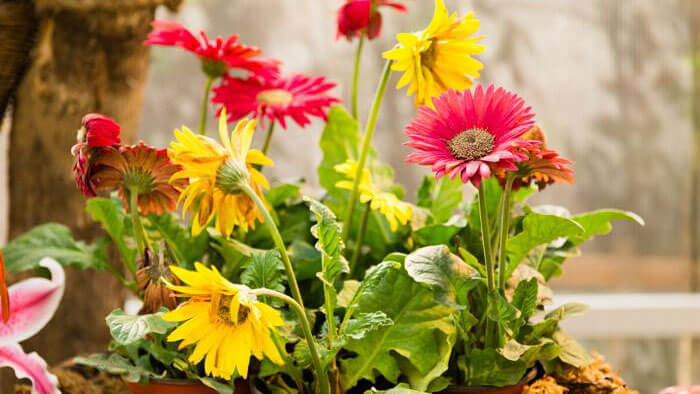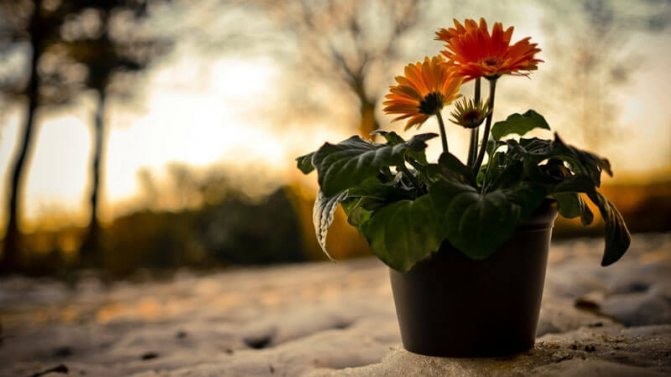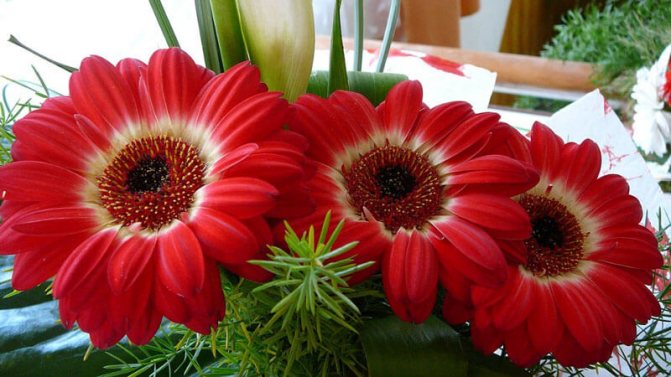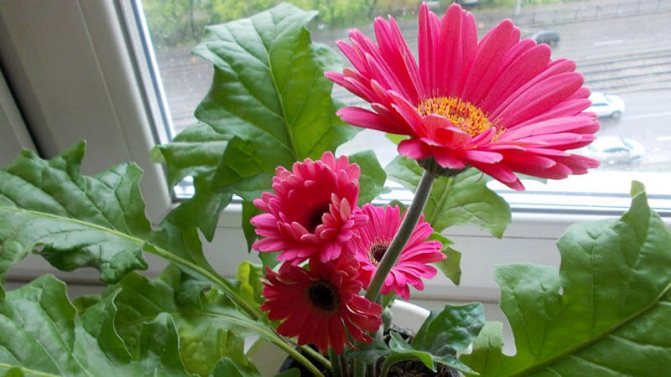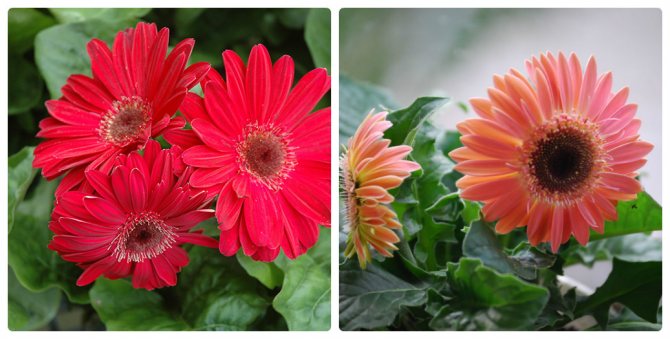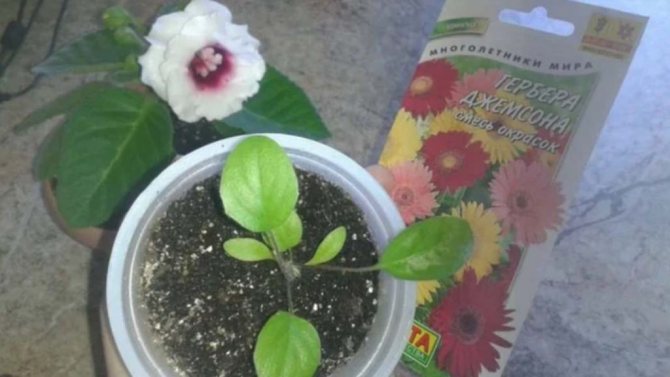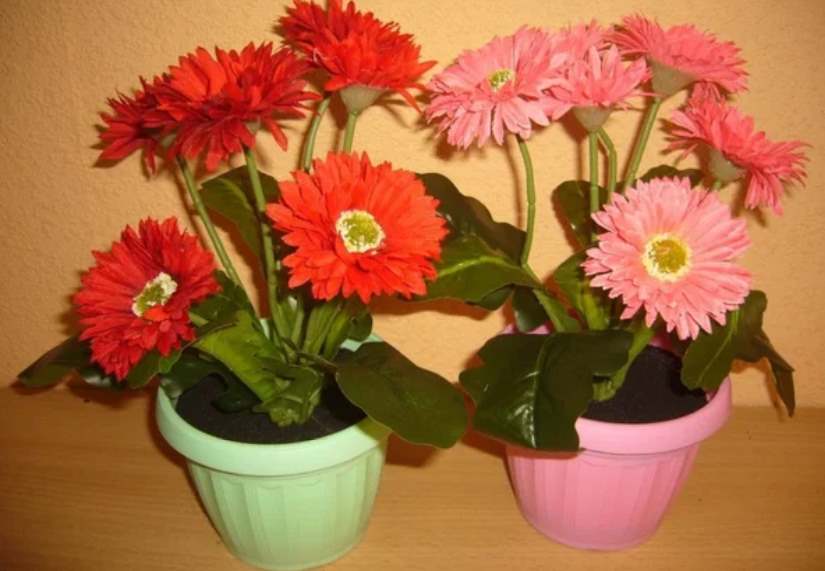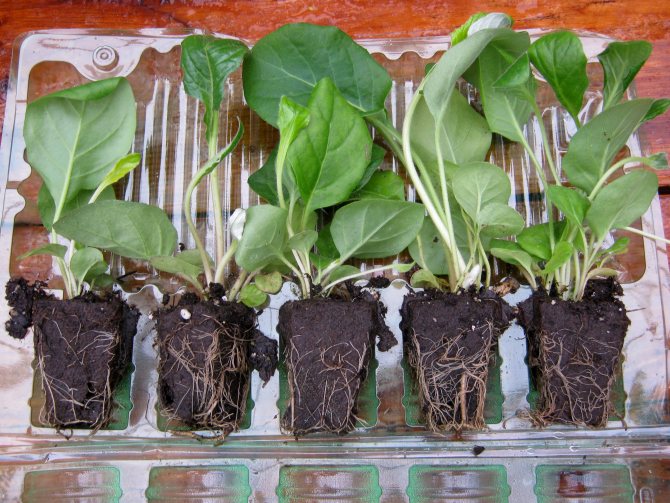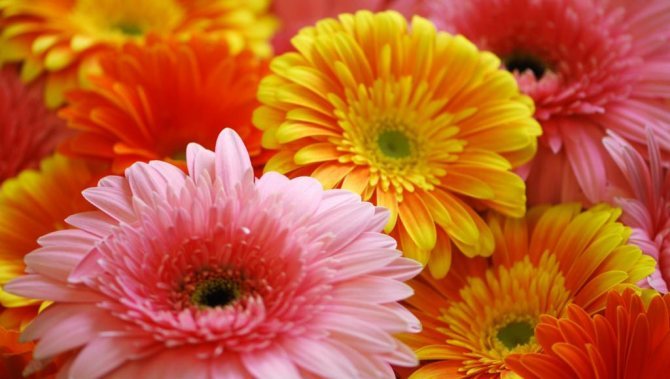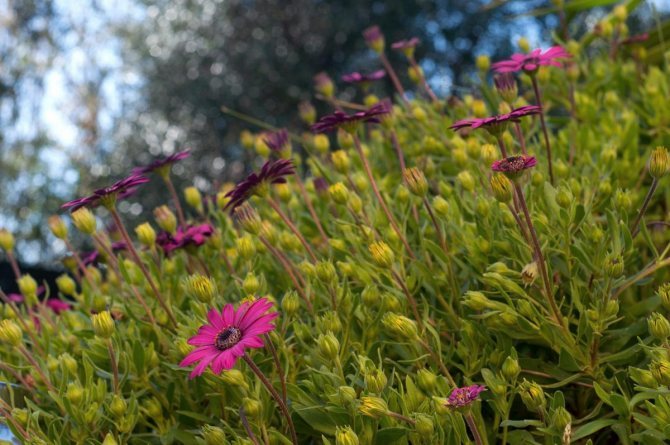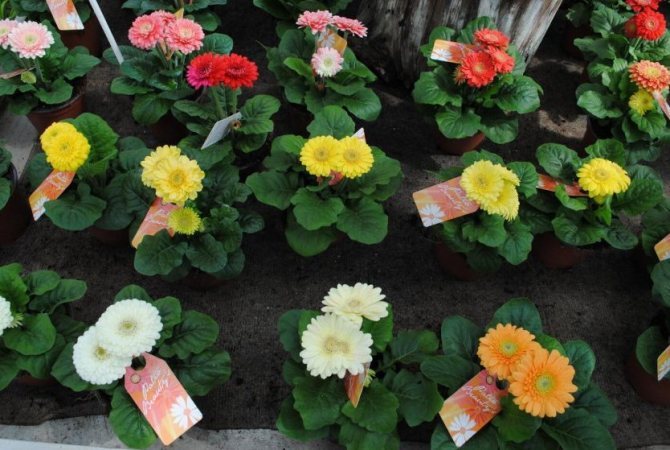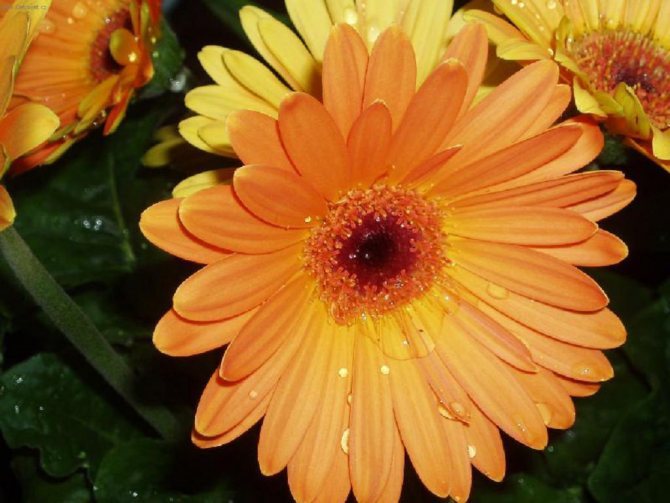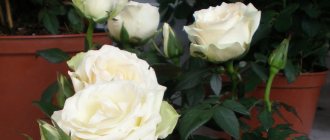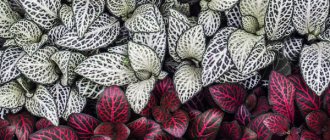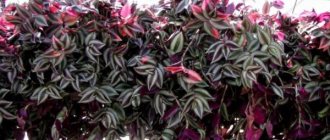Gerbera is a unique flower that looks great both in solo performance and as a component of a floral composition. This plant gained popularity due to its appearance - it somewhat resembles a chamomile, but unlike the latter, it has a different color.
Fans of this plant, brought to Russia from Madagascar, try to grow it at home. You can buy this handsome man in any specialized store, however, as soon as you bring it home, all expectations are often dispelled - the flower dies.
There are many subtleties of how to care for a gerbera, observing which, you can admire its colors for a long time. It is about such nuances that we will talk about in this article.
How to care for a gerbera in a pot
How you care for gerberas in a pot at home also depends on their lifespan. Some experienced growers are even able to achieve year-round flowering. True, in this case, the growing season is reduced to 24 months, after which the plant dies out.

Lighting
The location of the gerbera in the room should be treated with special attention. Despite its southern origin, this flower is for some reason extremely capricious and does not like the heat. Therefore, direct sunlight should be avoided. However, the illumination level must be high enough. The best solution would be to put a flower pot on the west or east window.
From June to September, the plant is able to adapt to minor temperature fluctuations, which makes it possible to place the bush on the balcony. But in winter, artificial lighting is necessary. This will help prolong the bloom of the gerberas.
Advice: it is recommended to take the plant out to fresh air only when the temperature regime has become as stable as possible.
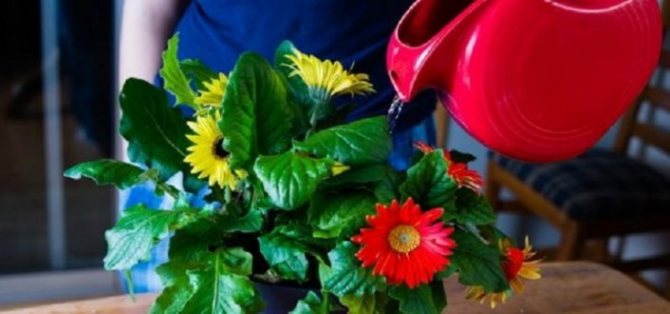

Watering
Since we are talking about a tropical species, the soil for a room gerbera should not dry out - the flower loves moist soil. However, one should not forget about moderation. It is recommended to water regularly, but try to do it so that the ground is only slightly damp.
It is also worth taking care of the water for this procedure. It should be distant and slightly warmer than room temperature. The gerbera will quickly die from the cold.
Advice: to avoid excessive waterlogging of the soil, fill the tray under the pot with liquid - the plant will absorb as much water as it needs.


What should be the humidity
The absence of dry air has a beneficial effect on the development of gerbera. If the climatic conditions of your room do not match the standard, and you cannot get a special humidifier, it is quite possible to do with regular spraying.
Important: pay attention to the holes in the spray nozzle. They should be as small as possible and create a semblance of water fog.
Optimum temperature
The temperature regime changes depending on the season. In hot months, the indicator should vary from 20 to 22 degrees. In winter, the flower needs a dormant period, which is achieved at 14-16 ° C.
Important: try not to let the temperature drop to 12 degrees.Otherwise, all vital processes slow down, and the appearance of flowers becomes impossible.


The soil
It is best to purchase soil with a low acidity level in a specialized store. If you intend to do it yourself, then adhere to the following calculations: 1 part of peat + 1 hour of sand + 2 hours of leafy earth.
Fertilizers
For active growth, the flower must be additionally fed. Depending on the state in which the indoor gerbera is, the care will differ:
- During flowering, to add splendor, fertilizers with a high potassium content should be added to the water.
- During the period when the gerbera grows green mass (from February to April and in the summer months), it is worth supporting the plant with fertilizers with minerals saturated with nitrogen.
Advice: it is recommended to make preparations no more than once every seven days, reducing the proportions described in the instructions by half.
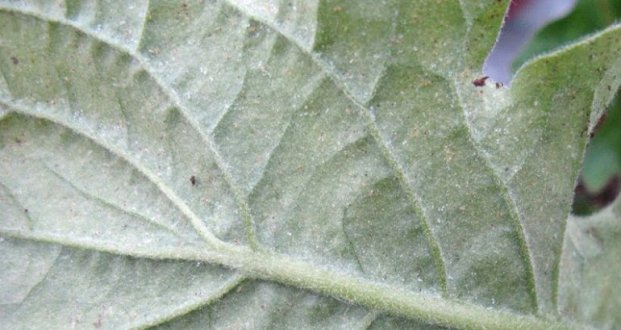

Pest control
As with all houseplants, pests can also appear on gerberas. The most common ones are:
- An actively propagating insect on gerbera leaves is the indoor whitefly. The most dangerous are the larvae that feed on the sap of the plant. To get rid of the misfortune, you should first wash the leaves with a warm soapy solution, and then spray with a liquid with a high permethrin content. Watering in this case is carried out three times a week until the flower is completely healed.
- If the gerbera suffers from drought, then this is the first prerequisite for the appearance of a spider mite, which can be judged by the presence of thin white cobwebs on the plant. In this case, it is enough to spray the gerbera with onion infusion or wipe it gently with medical alcohol. If these methods do not help, it is recommended to resort to using Actellic or Neoron.
- Another pest that feeds on the sap of domestic plants is aphids. The danger lies in the fact that it lives on flowers in large colonies, not always noticeable at first glance. If aphids are found, gerbera should be treated with Fitoverm, Intavir or Karbofos. After the procedure, wipe the greens with a soft cloth dipped in warm water.
Important: if you find pests on a flower, immediately isolate it from all other plants.
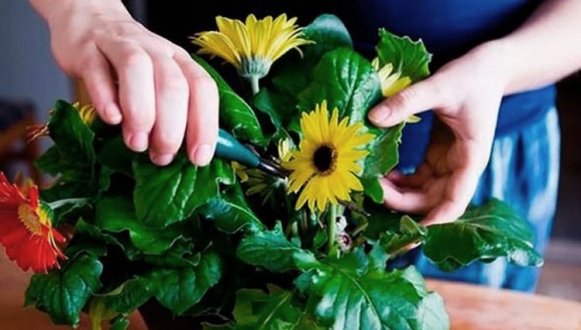

Pruning
Unlike many home flowers, you do not need to form a gerbera. By itself, this plant is quite compact and neat. However, if there are withered leaves on the stem of the flower, they must be removed by breaking off so that no effort is wasted.
Landing
Sowing can be done from autumn to spring. However, planting in the spring is preferable - it meets the natural biological rhythms of the plants. If in the fall all living things in nature are preparing for winter, for hibernation, then in spring, on the contrary, life processes are accelerated, and the "instincts" of the seeds "speak" that it is time to grow.
Landing is carried out according to certain rules. Gerbera seeds are spread on the surface of the prepared soil and sprinkled a little. You can put glass on top of the seedlings or cover it with a film - this will accelerate germination.
However, when using glass or film, remember to remove them daily in order to provide oxygen access.
After the shoots appear (usually this happens a week and a half after planting), the seedlings are opened completely.
Gerberas can be planted in small containers or peat pots. In the latter case, the subsequent transplant will be faster and safer for the plants. They contain seedlings in a darkened room, maintaining a temperature of +18.20 degrees Celsius.
Compliance with these simple rules will allow you to correctly approach the cultivation of gerbera, and will ensure the rapid germination of seeds.
You will learn more about how to sow gerbera correctly in the following video.
Reproduction of indoor gerberas at home
Breeding green pets can be done in several ways:
- With the help of cuttings. To do this, it is necessary to separate a small part of the rhizome along with a couple of leaves and plant in moist soil.
- Vegetation method. Such reproduction can be performed exclusively with adult plants, at least three years old. In this case, the gerbera is removed from the pot and cut into several pieces using a sharp knife. The main thing is that at least three growth points remain on each.
- It is also possible to grow gerberas from seeds at home. True, this method is quite long and is possible if you managed to collect planting material from an adult bush (gerbera does not have the property of self-pollinating). A seed is planted in the ground in March, and after a couple of leaves appear, the plant dives.
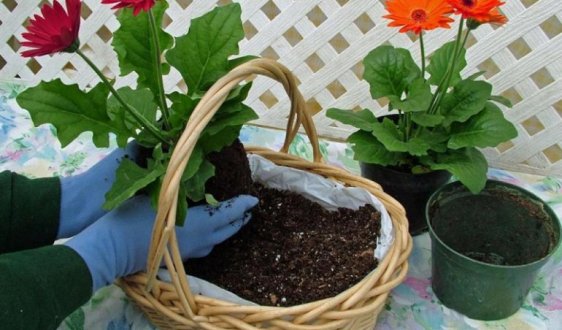

Botanical reference
Gerbera is a native of Africa, which belongs to the Aster family... The Dutch botanist Jan Gronovius discovered and described this plant in the 18th century, he also gave it a name in honor of the German botanist Traugott Gerber.
In nature, it is also found in Asian countries, Australia and Japan. Many people compare this flower with chamomile or cornflower. In my opinion, it looks like a small sunflower. The dark core is framed by many elongated oval petals. Coloring of white, yellow, orange, pink, red and purple tones. Only the blue color variation is missing.
The flower is located on a long, leafless stem. The diameter of the flower basket is from 4 to 30 (!) Cm. Leaves grow from the ground. In shape, they resemble dandelion leaves - elongated with an irregular shape, as if with torn edges. The length of the leaves reaches 35 cm.The height of the bush is up to 60 cm.
The main use of this plant is for cutting for sale., making bouquets and flower arrangements. Dwarf varieties are successfully used in indoor floriculture. Learn how to keep cut gerberas in a vase as long as possible here.
Plant transplant
The gerbera should be transplanted when it becomes cramped in the previous pot (this can be judged by the number of roots), as well as after buying it in the store. However, even if the gerbera has become cramped, you should not take too bulky containers. Taking into account the small size of the plant, a one and a half liter pot is quite suitable.
When choosing a container, pay attention to the free penetration of air into the soil, so there must be holes at the bottom.
- Direct transplantation is carried out after moderate watering of the soil into a soil prepared according to standards. Manipulations should be carried out carefully so that the earth does not fall on the deciduous outlet. Do not tamp the plant too deeply into the ground.
- At the end of the process, the gerbera is placed in a slightly shaded place for a couple of days.
- Two weeks later, the first fertilization with nitrogen fertilizers is carried out.
Important: plant transplantation in the spring is recommended. You should not rush and do it right after buying a flower - it needs time for natural acclimatization, which takes at least two weeks.
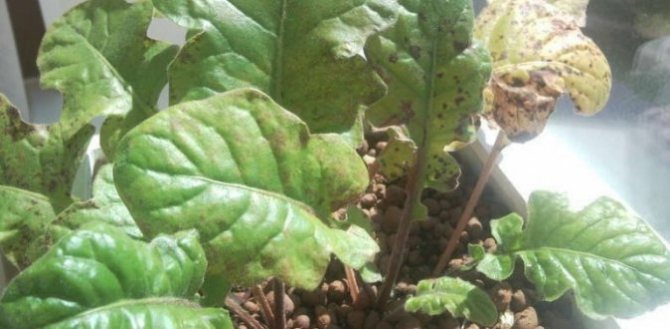

The soil
For growing indoor gerbera, it is best to purchase a ready-made universal soil for flowering indoor plants. In the wild in South Africa, gerbera grows on soils rich in minerals, but almost devoid of organic matter.
It is also possible to prepare the substrate yourself. It should be nutritious, loose, with a slightly acidic reaction. Mix leafy soil, peat chips, coarse sand (or sphagnum moss), small pieces of charcoal in a 2: 1: 1: 1 ratio. Add some pine bark.It is important that humus or compost does not get into the soil - a minimum of organic matter! (They can burn the delicate gerbera roots.) The soil mixture of the specified composition will be sufficiently fertile and permeable to water, it will provide free air access to the root system of the plant.
Diseases
As a result of unsatisfactory care, the plant withers. There may be several reasons for this - from incorrect lighting and watering to the spread of pests. You should react immediately.
Powdery mildew
Powdery mildew can be identified by a whitish bloom that first appeared, and then a gray bloom, which spreads throughout the plant. As a result, leaves with buds fall off. Young gerberas are most vulnerable.
From the prerequisites for such an ailment, one can single out excessive moisture in the soil and air, excessive feeding and an increase in temperature. To combat powdery mildew, fungicides should be used. The most effective are Fundazol and Topaz.
Phytophthora
Another disease associated with excess moisture and hot microclimate is late blight. As a result, rhizome decay and leaf drying on both sides begin. The insidiousness of the disease lies in the fact that bacteria live for a long time in the soil. Therefore, after a diseased plant, the soil must be disposed of.
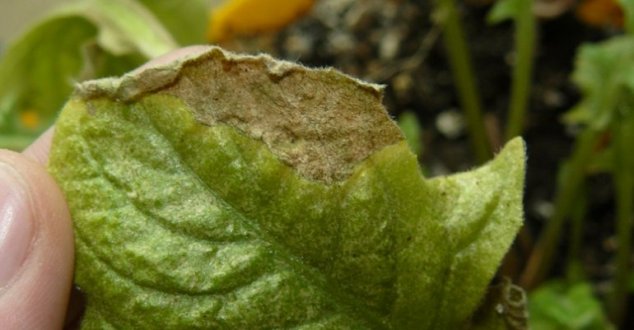

At the first visible signs, the flow of moisture should be abruptly stopped, and then treated with Profit, Gold, Ridomil or Previkur.
Mold
If moldy deposits are found on the soil surface, the plant should be immediately transplanted into new soil and watering should be normalized.
Gray rot
Rot may appear after excessive wetting of the substrate, as well as as a result of excess nitrogen compounds. This is manifested by a gray bloom on the leaves, after which they begin to fall off. To cope with the misfortune, reconsider your attitude to watering and treat the gerbera with any fungicide. In this case, the recommended drugs are Rovral and Fundazol.
Brown spots on the leaves
At elevated indoor temperatures, coupled with considerable humidity and incorrect feeding, alternaria may develop on the plant. Its symptoms can be characterized by the appearance of a brown spot on the surface of the leaf, which over time begins to brighten in the center.
Sometimes, when the humidity rises, the affected area becomes covered with a velvety coating. If a focus occurs, the flower should be prevented from wilting and the fungicide should be treated as soon as possible according to the instructions.
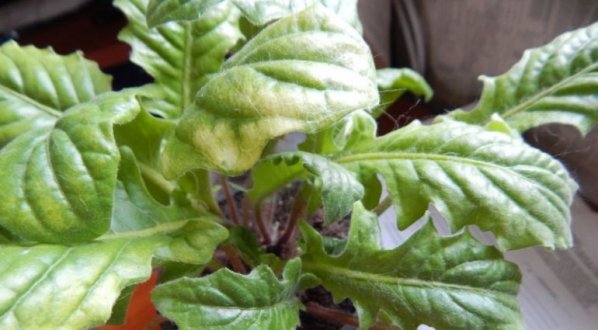

Yellow spots on the leaves
In the process of development of the cucumber mosaic, the leaves of the gerbera begin to turn yellow in parts. The lesions appear as medium-sized yellow spots, sometimes with a green tinge, which have a well-defined outline.
One of the reasons is aphids, as well as cold air along with high humidity and lack of light. To combat the disease, it is worth optimizing the microclimate of the room and carrying out regular prophylaxis.
Plant wilting
If your flower begins to rapidly lose growth and wither, then most likely it is infected with sclerotinosis. You can make sure of this by examining the plant - spots with a depressed texture may appear on it, where a gray bloom appears afterwards.
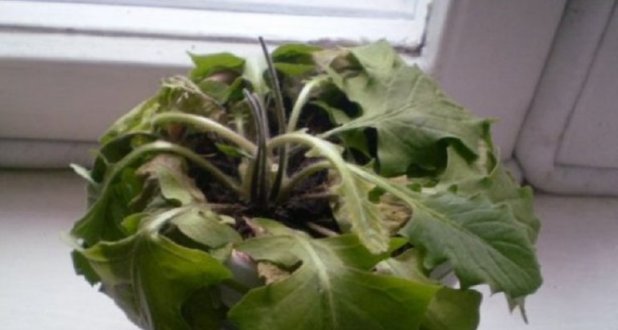

The cause of the problem lies in the excessive feeding and watering. It is necessary to replace the old substrate with a new one, giving preference to a more breathable one, and carry out preventive actions with any fungicide.
Diseases and pests
When growing gerberas indoors, a florist may face the following problems:
- Leaves turn pale... This happens when the lighting is overly intense. In order to avoid this in the spring-autumn period, the bushes should be shaded from the midday rays of the sun.
- The bush looks painful... The defeat of the bush with a fungal disease occurs with excessively high humidity and poor ventilation.
- Leaves brighten... If a flower recently bought in a store began to lose its bright color, then this may be due to its getting used to new conditions or to poor lighting. As a rule, purchased plants lose their brightness. This is due to the fact that flowers grown for sale are often fed with special substances that make the color of their foliage more saturated.
- Withering and death of a flower... Make sure that there is no stagnation of liquid in the root system, as this can cause the death of the gerbera. Particular attention should be paid to watering during the cold season.
- Harmful insects... Whiteflies, ticks, aphids and scale insects can settle on the flower.
detailed instructions
- If you just bought a gerbera, you need to give it some time to adapt.
- Then, using the transshipment method, transplant it into a ceramic, breathable pot, which must first be rinsed with boiling water. There should be drainage at the bottom, and the soil should be slightly acidic, consisting of leaves, earth, sand and peat. You can also add a little expanded clay, perlite, pine bark to it. It is better to buy ready-made mixtures - gerbera is very sensitive to various infections.
- After the plant is transplanted into a new pot, caring for it will be reduced only to timely watering. But there are a number of nuances here:
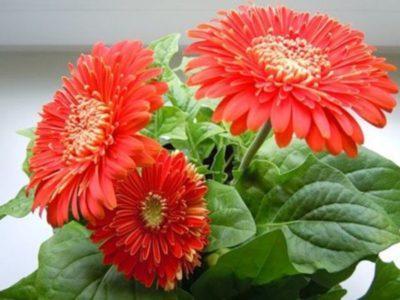

watering is done often and in small quantities, since the plant should not be flooded or allowed to drought; - watering is carried out very carefully - not to the root, but to the pan;
- the liquid accumulated in the pallet must be drained;
- the water should be at room temperature, since watering with cold water will lead to the death of the plant;
- if the air in the room is dry, a good solution would be to spray the gerbera, namely its leaves and stems - the humidity should be at a high level, because this is a special feature that contributes to the good growth of the plant.
Follow-up care
Indoor gerbera lives for 4 years, after the flowering of the bush decreases and the plant is replaced with a new one (you can find out about when and how many gerberas bloom and why they do not do it here, and from this article you will learn about the rules for growing a flower in the garden and at home). Since it is thermophilic, before the cold weather sets in, flowers planted in a flower bed are placed in pots. The maintenance can be carried out at home - the plant is not whimsical, but it needs ventilation and heating of the room, as well as proper lighting. The transplant is carried out as needed... If the flower has been growing for a long time, then it is better to transplant in spring or late summer.
Possible problems
- The pot, the soil and the plant itself should be inspected regularly. If a disease or pest is detected, it is necessary to urgently take appropriate measures to eliminate them (what to do if the leaves of a gerbera turn yellow, you can find out here).
- Withered inflorescences must be removed in a timely manner, completely breaking them out of the nest. Otherwise, they will interfere with the development of new peduncles. In addition, old baskets will rot and infect the entire plant. You cannot cut them off - just break them off with your hands.
Gerbera caring is a fun process. The plant needs well-organized feeding and watering, a certain length of daylight hours, sufficient air humidity, warmth, not too large a pot, suitable soil and regular rest. Gerbera responds to systematic care with bright flowering, being a spectacular decoration for any interior.
Description
Gerbera is a perennial herb. It can reach 60 cm in length, has elongated leaves of about 35 cm.The beautiful gerbera flower is actually an inflorescence-basket with two types of simple flowers - tubular (rounded part in the center of the inflorescence) and reed (along the edges, in the form of painted petals). There are many colors of petals - fuchsia, white, red, pink, orange, peach, purple, etc.Some species contain several shades within the same inflorescence, which makes it very attractive. The central part of the inflorescence-basket is often black or dark in color.
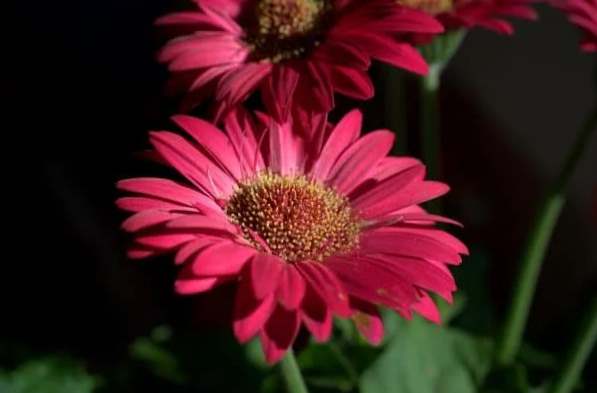

Given the wide range of shades, gerbera is a popular plant for creating bouquets. For different peoples of the world, gerbera has several meanings. In Egypt, the flower symbolizes nature and devotion to the sun. The Celts believed that the plant reduced the stress and sadness of daily life. Gerbera represents the innocent hearts of children and is associated with gratitude and happiness.





